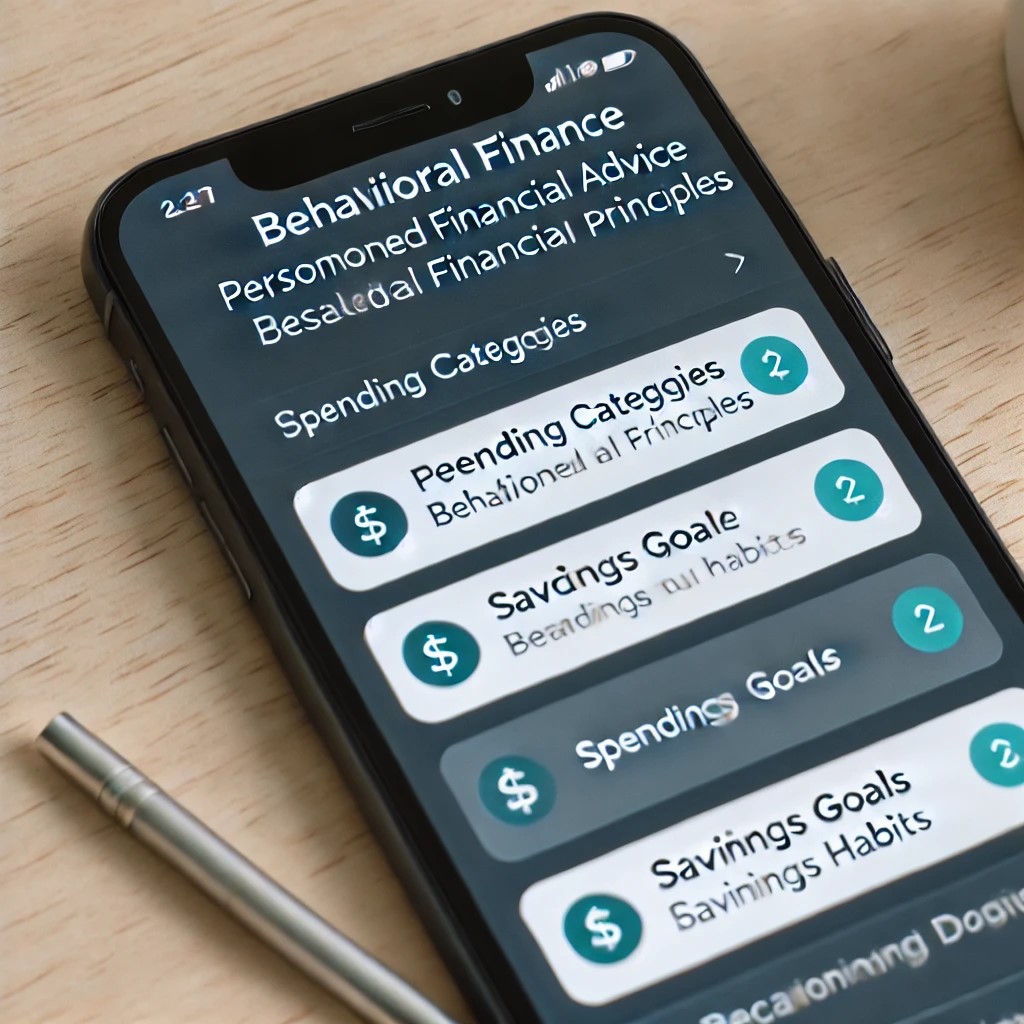Understanding the Basics of Behavioral Finance: Current Trends and Future Predictions
Behavioral finance is an essential field that combines psychology and economics to explain why and how people make financial decisions. Unlike traditional finance, which assumes that investors are rational and markets are efficient, behavioral finance recognizes that individuals often act irrationally due to cognitive biases and emotional influences. This article explores the basics of behavioral finance, current trends, and future predictions.

Basics of Behavioral Finance
1. Cognitive Biases:
Cognitive biases are systematic patterns of deviation from norm or rationality in judgment. Some common cognitive biases in finance include:
Overconfidence Bias: Investors often overestimate their knowledge and abilities, leading to excessive risk-taking.
Anchoring Bias: People tend to rely too heavily on the first piece of information they receive (the "anchor") when making decisions.
Herd Behavior: Investors are influenced by the actions of their peers, leading to market trends driven by collective behavior rather than fundamentals.
2. Prospect Theory:
Developed by Daniel Kahneman and Amos Tversky, prospect theory explains how people make choices in situations involving risk and uncertainty. It suggests that people value gains and losses differently, leading to inconsistent decision-making. For instance, the pain of losing $100 is generally felt more intensely than the pleasure of gaining $100.

Current Trends in Behavioral Finance
1. Incorporation in Financial Planning:
Financial advisors are increasingly incorporating principles of behavioral finance into their practice. By understanding clients' biases and emotional triggers, advisors can provide more tailored advice and help clients avoid common pitfalls. This approach leads to better financial outcomes and improved client satisfaction.
2. Use of Technology:
Technology is playing a crucial role in applying behavioral finance principles. Robo-advisors and personal finance apps are integrating behavioral nudges to encourage better financial habits. For example, apps might send reminders to save or invest regularly, or use gamification to make budgeting more engaging.

Future Predictions in Behavioral Finance
1. Greater Personalization:
The future of behavioral finance will see increased personalization. Financial services will use data analytics and AI to tailor financial advice and products to individual behavioral profiles. This personalized approach will help investors make better decisions and achieve their financial goals.
2. Integration with Neuroscience:
Advancements in neuroscience will further deepen our understanding of financial decision-making. By studying brain activity, researchers can gain insights into the neural mechanisms underlying financial behavior. This integration will lead to more effective interventions and strategies for improving financial decision-making.
Conclusion
Behavioral finance offers valuable insights into the psychological factors influencing financial decision-making. By recognizing and addressing cognitive biases and emotional influences, investors can make more rational and informed choices. Current trends such as the incorporation of behavioral finance in financial planning, use of technology, application in policy-making, and marketing strategies are shaping the field. Looking ahead, greater personalization, integration with neuroscience, enhanced financial education, and broader application in corporate finance will define the future of behavioral finance. By embracing these developments, the financial industry can better serve its clients and contribute to more stable and efficient markets.
(Writer:Haicy)




